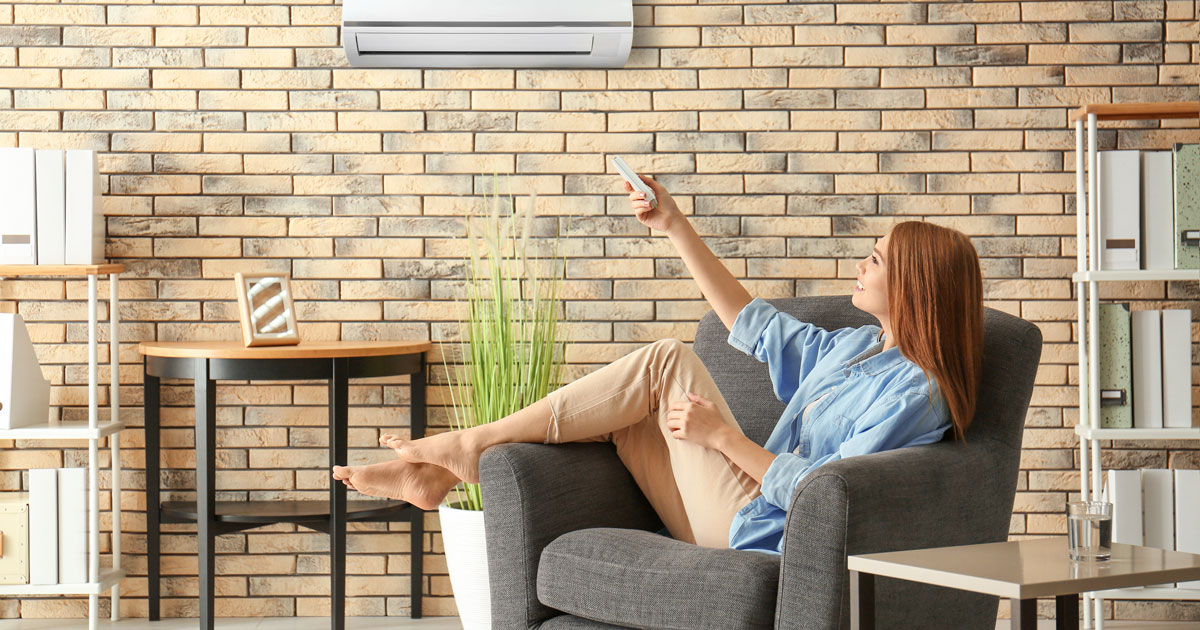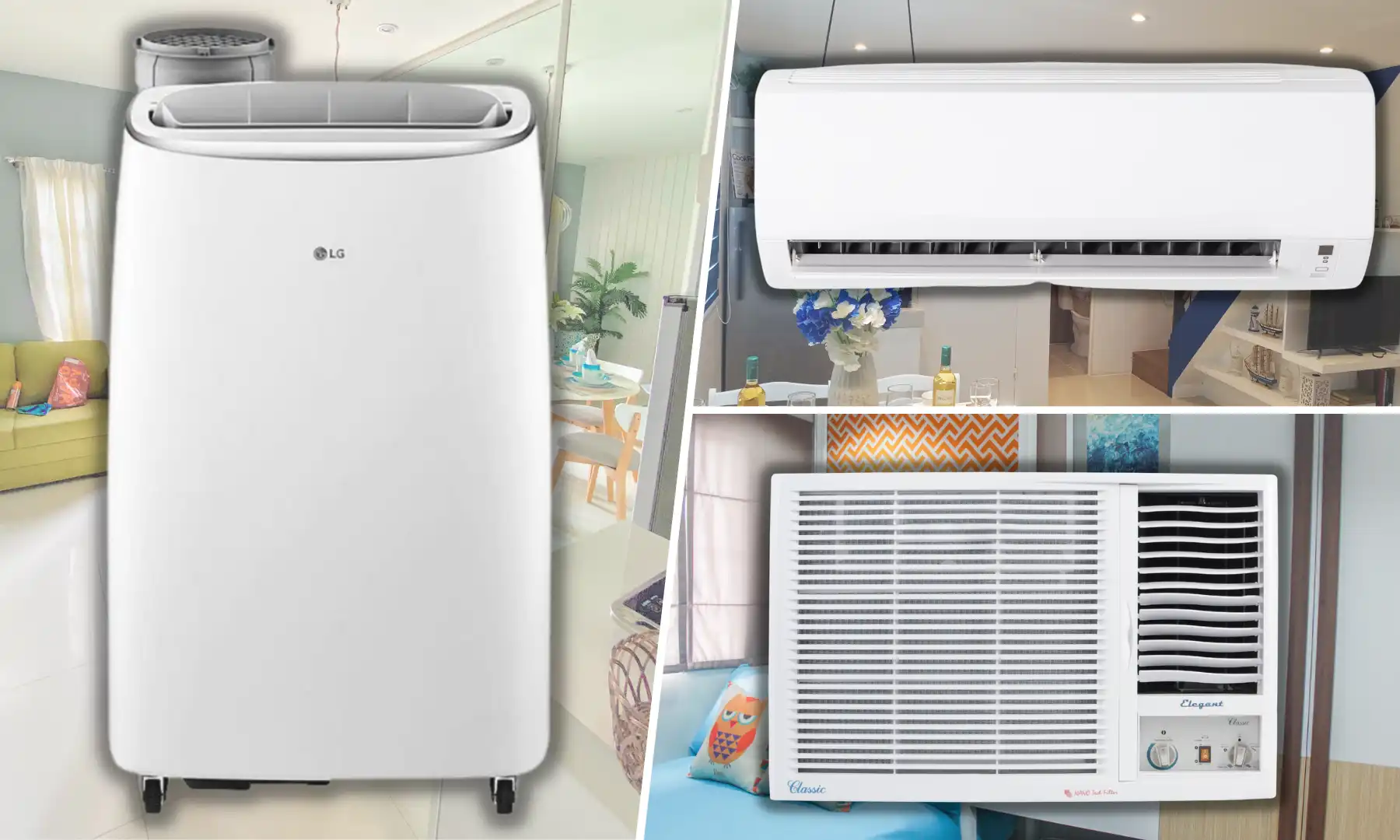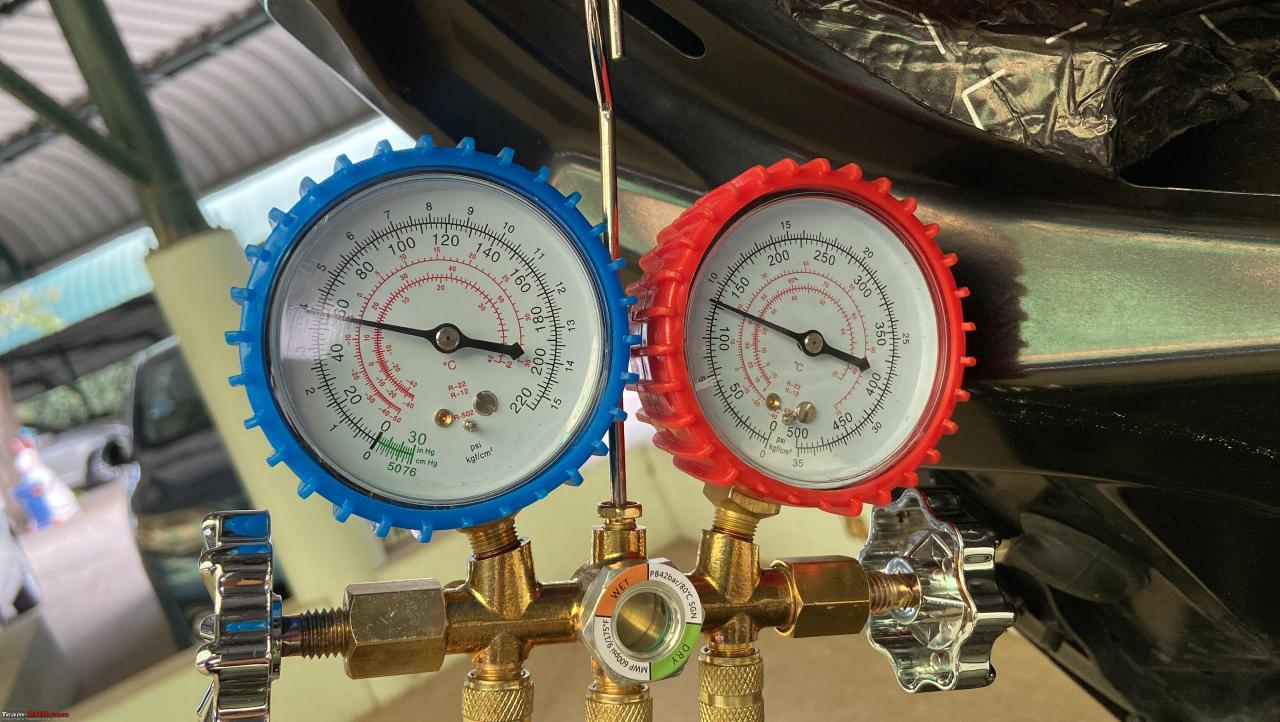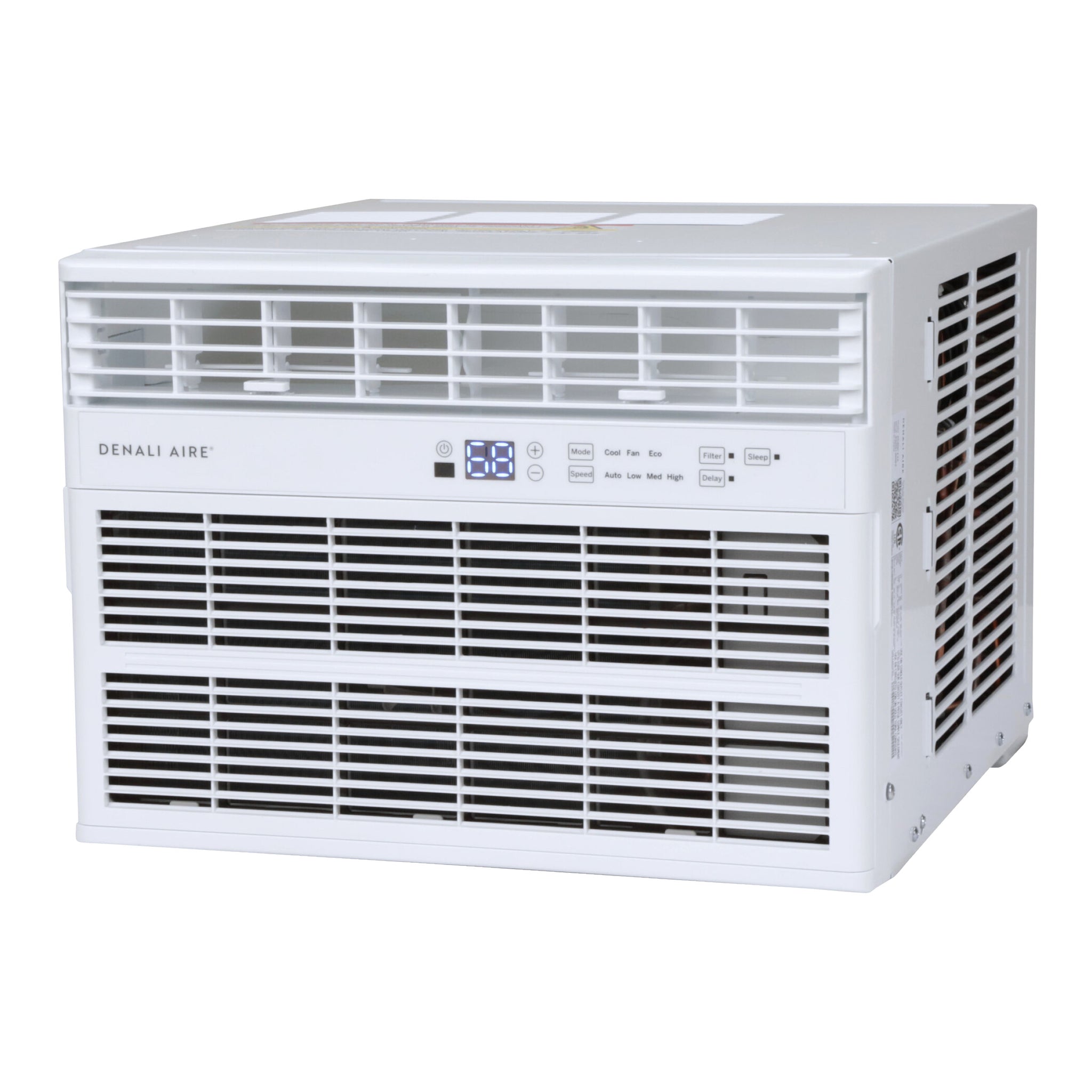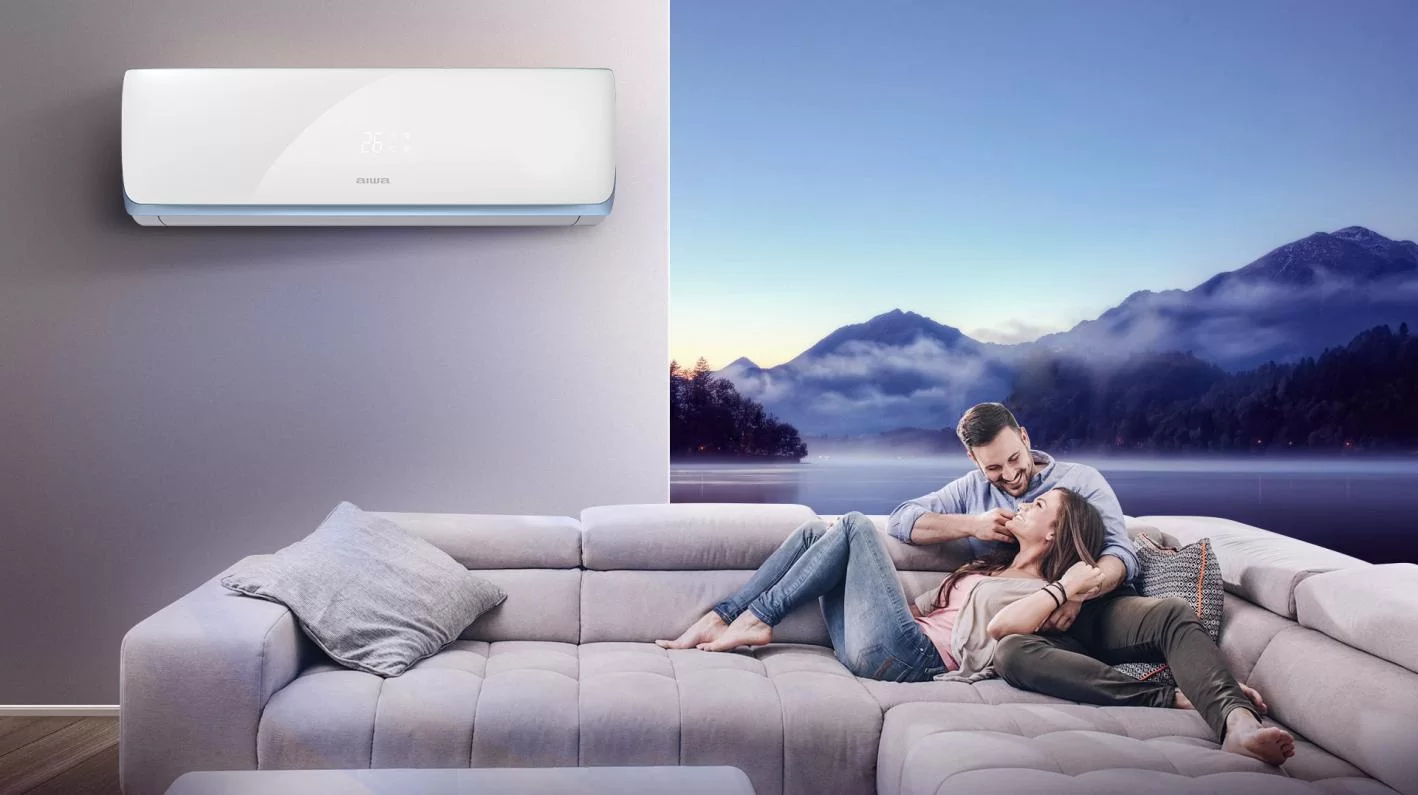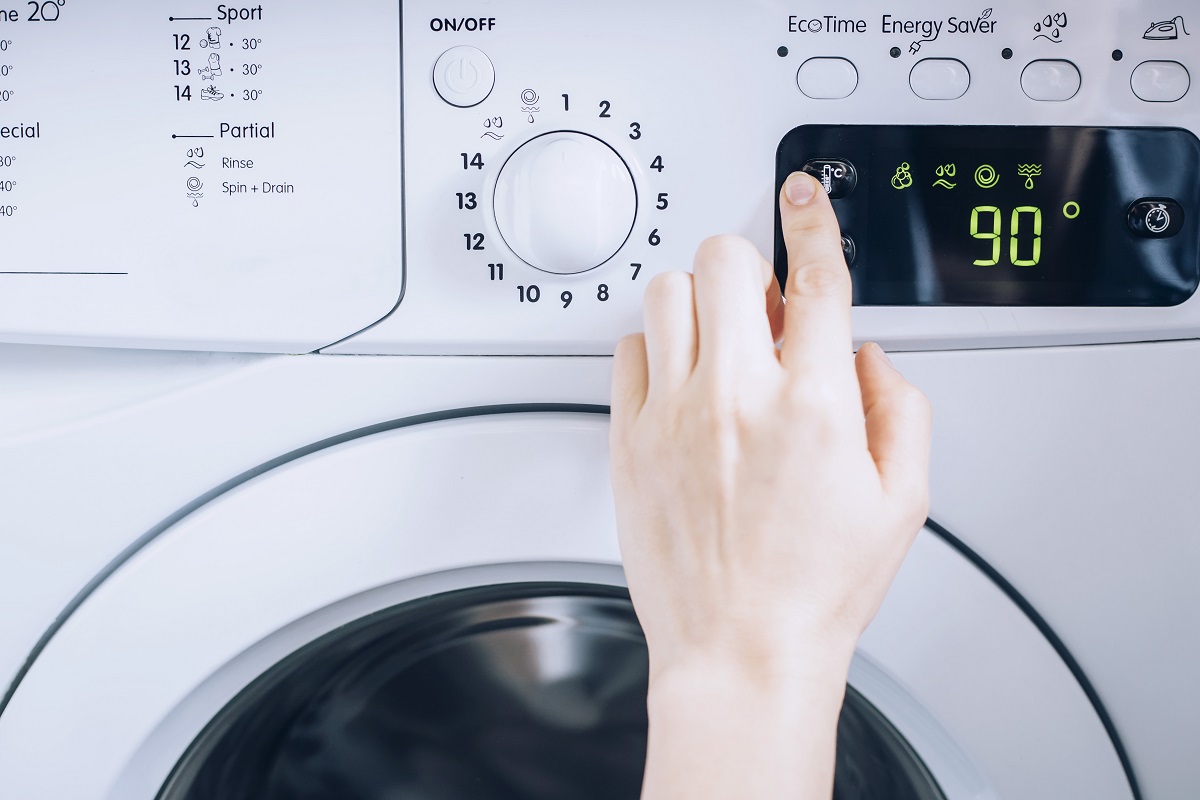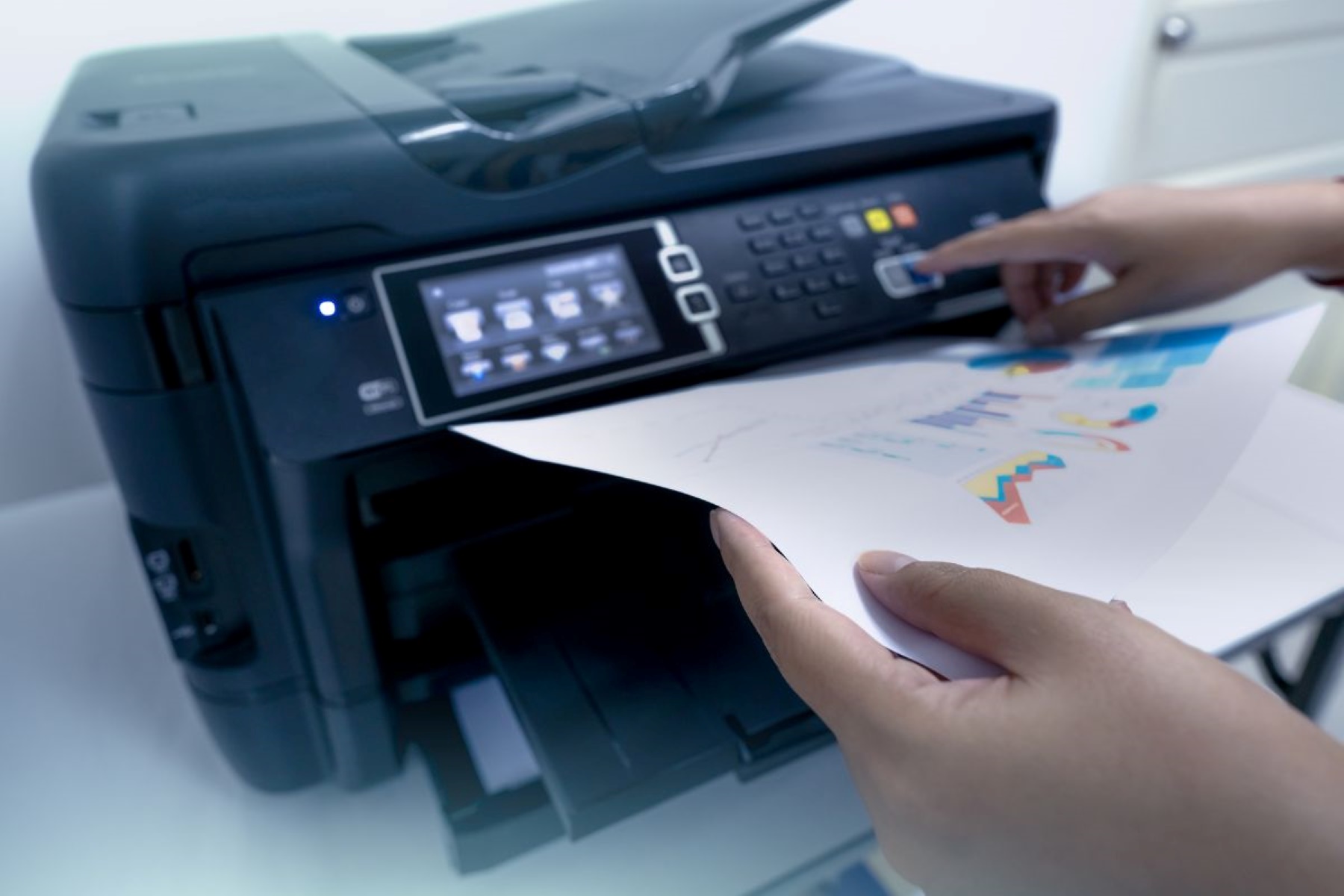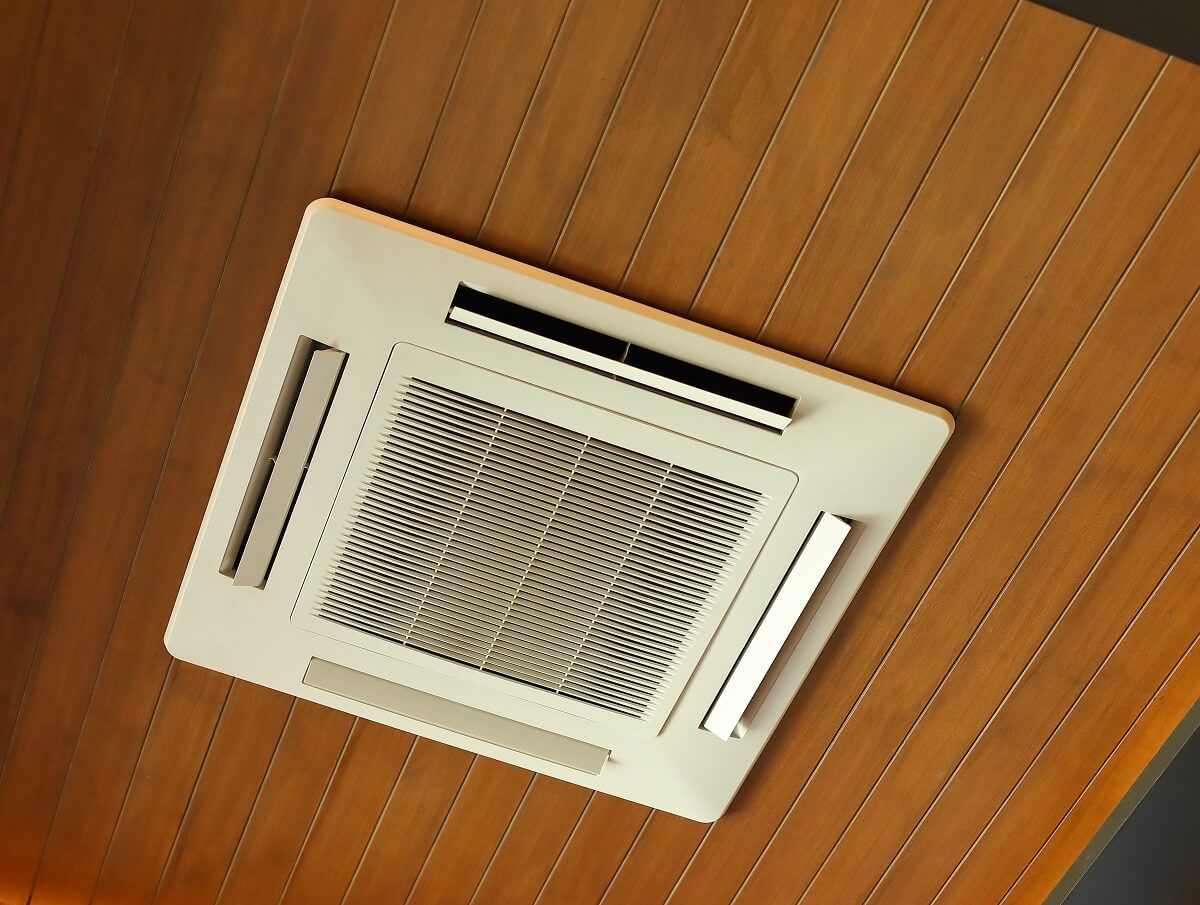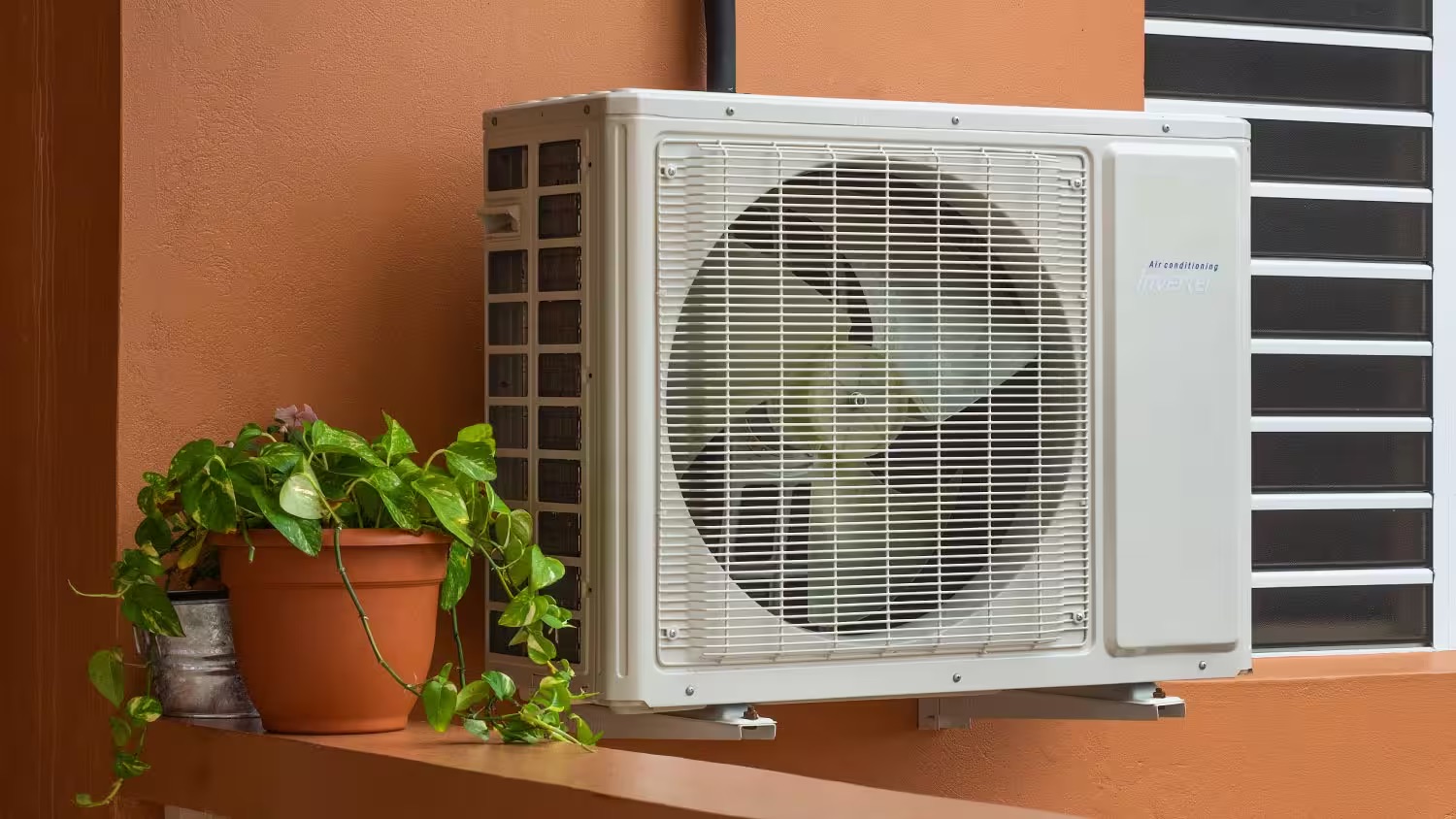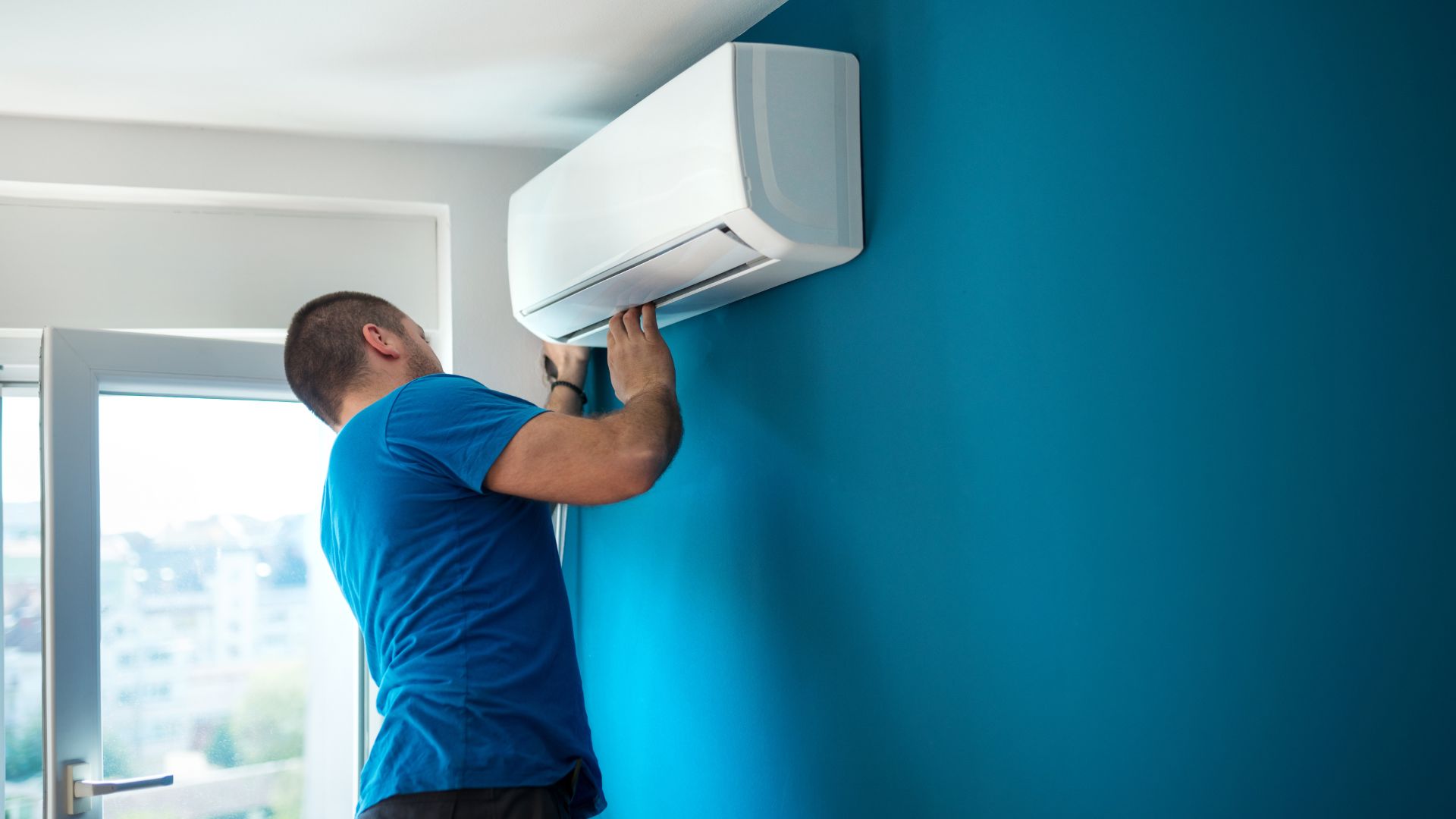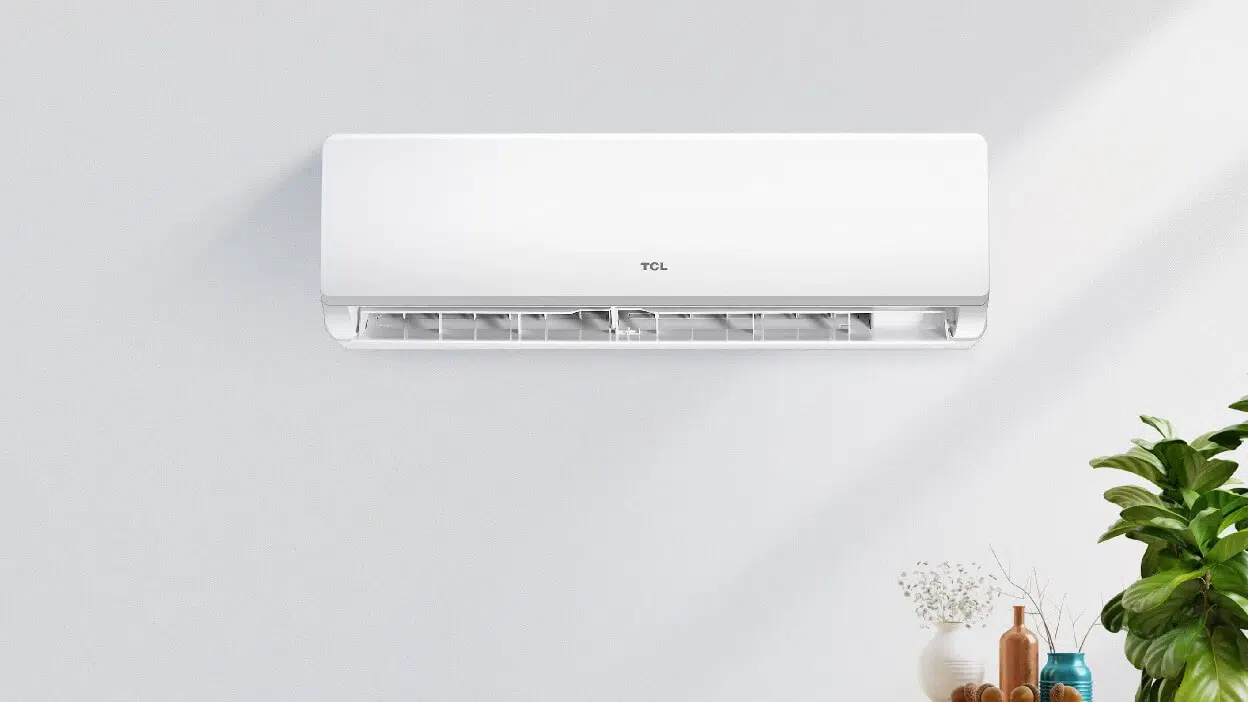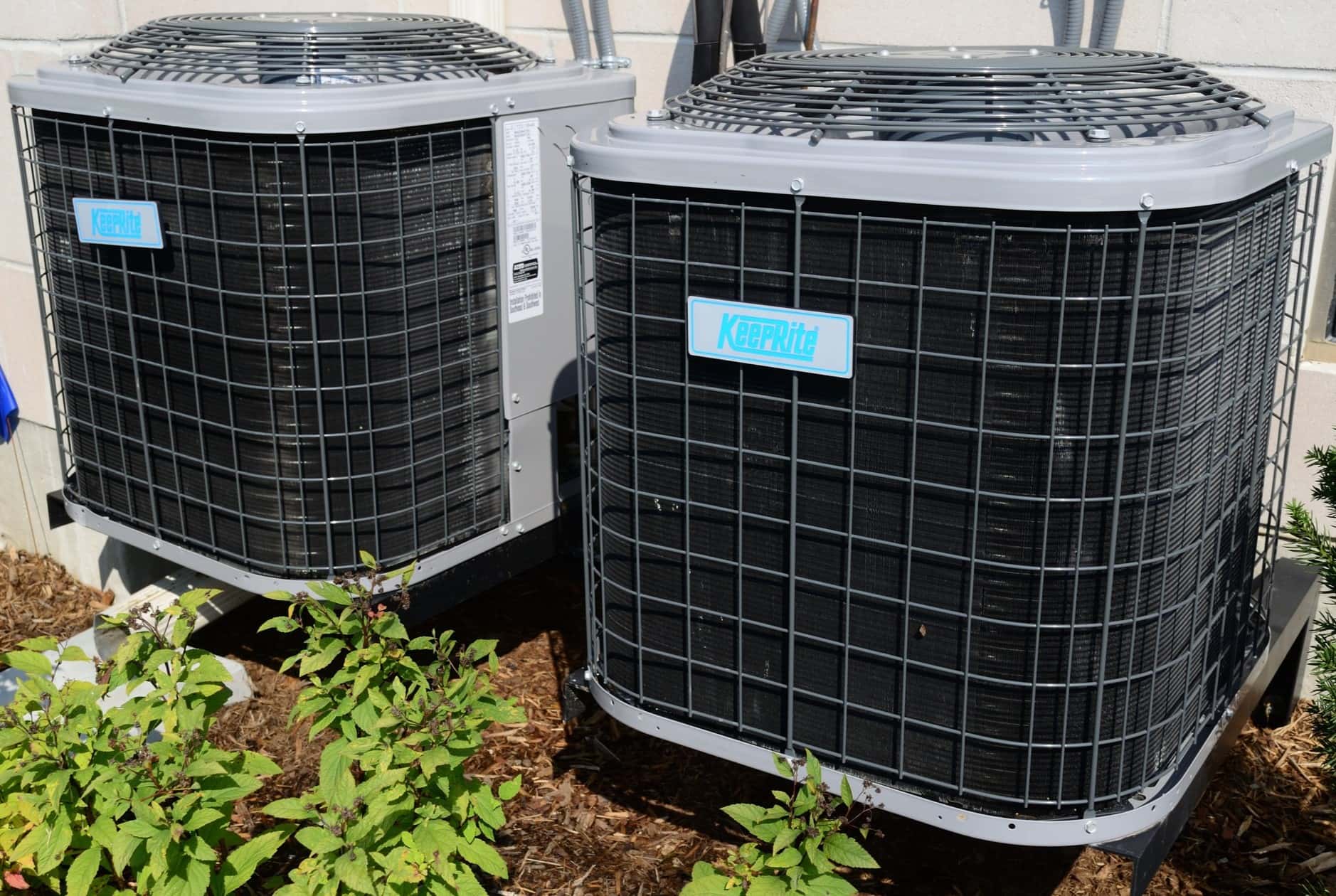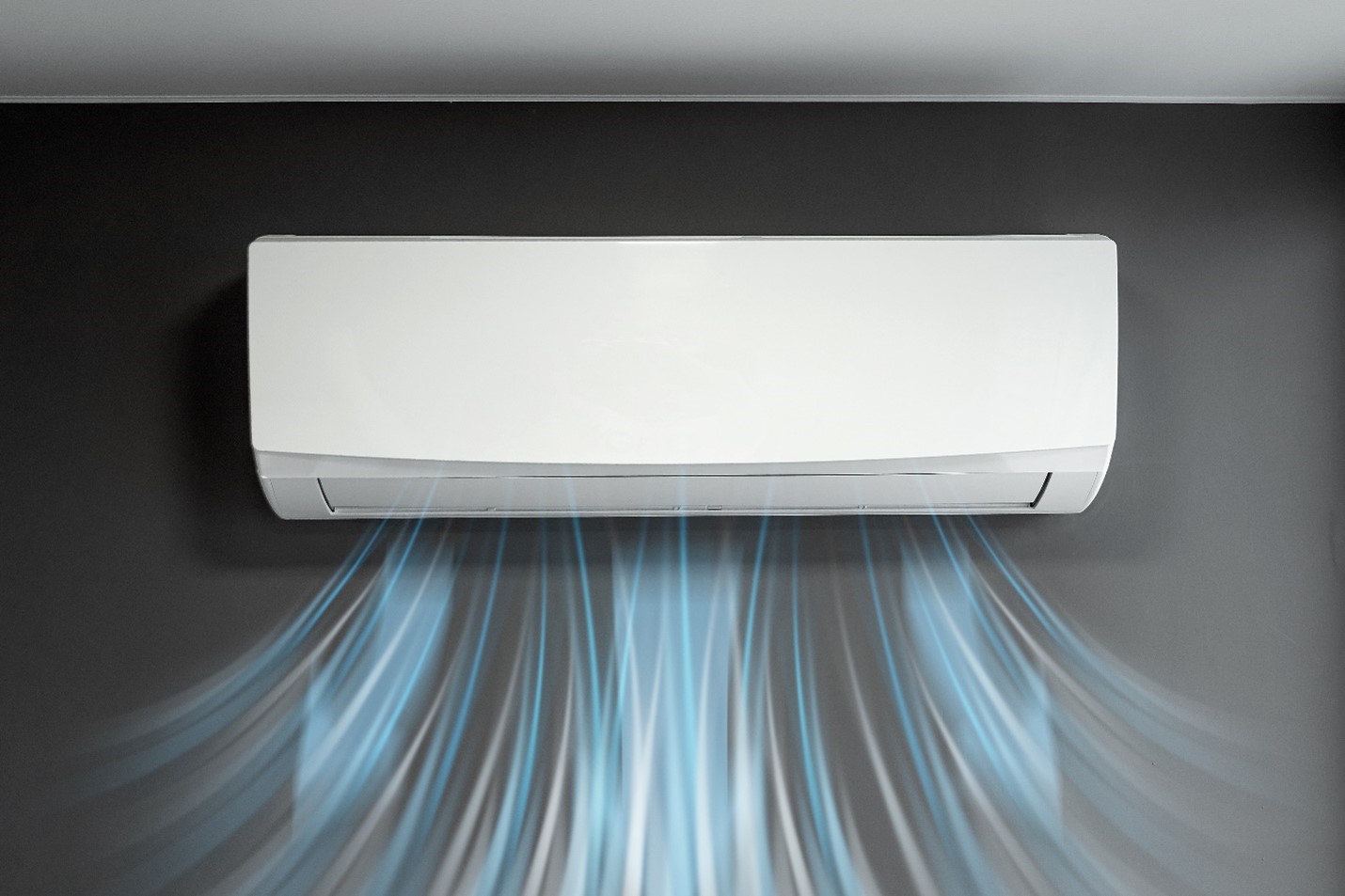Home>Home Maintenance>What Is A Reverse Cycle Air Conditioner
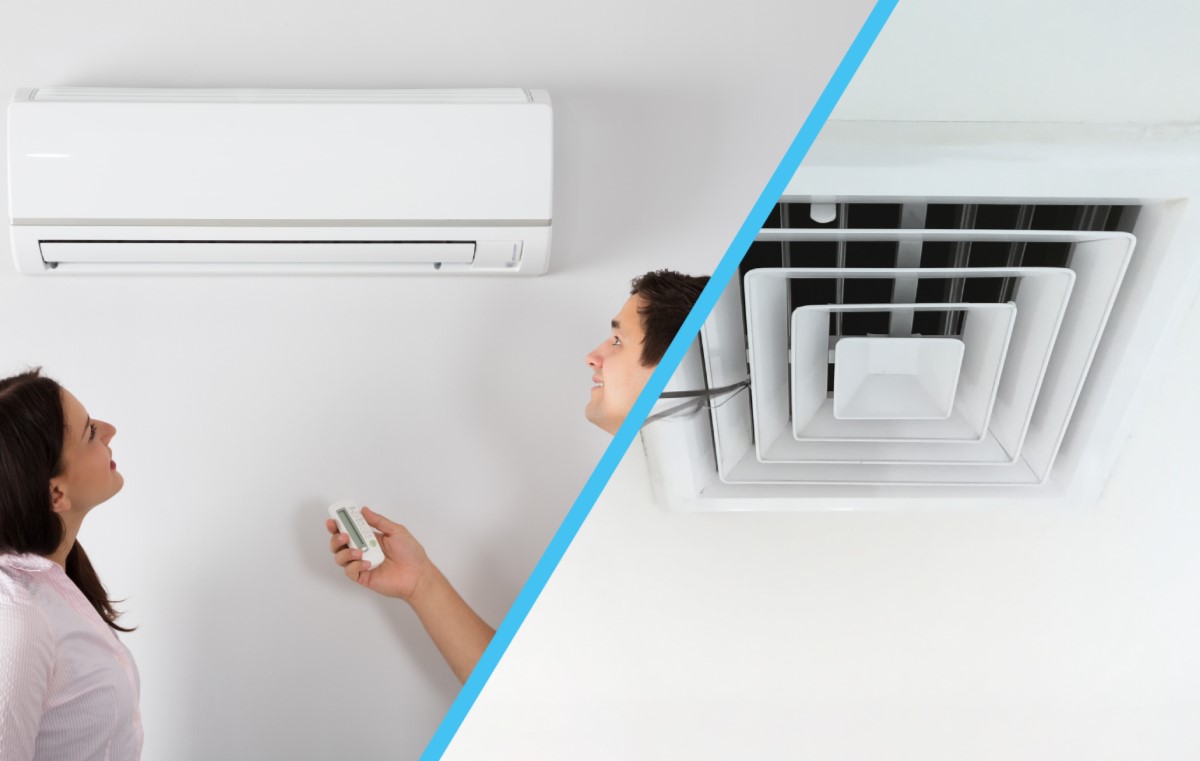

Home Maintenance
What Is A Reverse Cycle Air Conditioner
Modified: October 20, 2024
Learn about reverse cycle air conditioners and how they can contribute to home maintenance. Find out the benefits, features, and energy efficiency of these cooling and heating systems.
(Many of the links in this article redirect to a specific reviewed product. Your purchase of these products through affiliate links helps to generate commission for Storables.com, at no extra cost. Learn more)
Introduction
Welcome to the world of home maintenance, where the comfort and functionality of your living space are at the forefront. One crucial aspect of creating a comfortable home environment is maintaining the ideal temperature – and that’s where a reverse cycle air conditioner comes into play. In this article, we will delve into the world of reverse cycle air conditioners, exploring how they work, their benefits, energy efficiency, factors to consider when choosing one, installation and maintenance, as well as common issues and troubleshooting tips.
But first, let’s understand what exactly a reverse cycle air conditioner is. Unlike traditional air conditioners that only perform cooling functions, a reverse cycle air conditioner provides both heating and cooling capabilities. This versatile appliance can keep your home cool in the scorching summer months and warm during the chilly winter season, making it an essential component of any home maintenance regime.
The operation of a reverse cycle air conditioner revolves around the principle of extracting heat from one area and transferring it to another. This process involves the use of refrigerant, a specialized fluid that undergoes a cycle of evaporation and condensation to extract heat from the indoor air and release it outside. By reversing the normal refrigeration cycle, the air conditioner can either cool or heat your home, depending on your desired temperature settings.
Now that we have a basic understanding of how a reverse cycle air conditioner works, let’s explore the benefits it offers. One key advantage is its ability to provide both cooling and heating functions in a single unit. This eliminates the need for separate cooling and heating appliances, saving both space and money. Additionally, reverse cycle air conditioners are known for their energy efficiency, which can lead to significant cost savings on your electricity bills.
Speaking of energy efficiency, reverse cycle air conditioners are designed to be highly efficient and environmentally friendly. They achieve this by utilizing advanced technologies such as inverter technology, which allows the compressor to regulate its speed according to the cooling or heating requirements. This results in optimized energy consumption and reduced greenhouse gas emissions.
When considering a reverse cycle air conditioner for your home, there are several factors to keep in mind. Firstly, you should assess the size and layout of your living space to determine the appropriate cooling and heating capacity required. This ensures that your reverse cycle air conditioner can effectively maintain a comfortable temperature throughout your home. Additionally, considering the energy efficiency rating and noise levels of the unit can contribute to a more seamless experience.
Installation and regular maintenance are crucial for the optimal performance and longevity of your reverse cycle air conditioner. Proper installation ensures that the unit is positioned correctly and that the air distribution is balanced throughout your home. Regular maintenance, including cleaning the filters and coils, and checking for any signs of wear and tear, helps to keep the system running efficiently and extends its lifespan.
Of course, like any appliance, reverse cycle air conditioners may encounter issues from time to time. To troubleshoot common problems, you can try simple solutions such as cleaning the filters or checking for any loose connections. However, for more complex issues, it is advisable to seek professional assistance to ensure the problem is diagnosed and resolved correctly.
As we conclude our exploration of reverse cycle air conditioners, it is evident that these versatile appliances play a vital role in maintaining a comfortable and enjoyable home environment. Their ability to regulate temperature, energy efficiency, and multi-functionality make them a popular choice for homeowners across the globe. By understanding how they work, their benefits, and how to properly install and maintain them, you can make informed decisions to enhance your home’s comfort and functionality.
Key Takeaways:
- Stay comfortable year-round with a reverse cycle air conditioner, providing both cooling and heating functions in one unit. Enjoy energy efficiency, quiet operation, and improved air quality for a cozy home environment.
- When choosing a reverse cycle air conditioner, consider factors like capacity, energy efficiency, noise levels, and additional features. Proper installation and regular maintenance are crucial for optimal performance and longevity.
Read more: What Is An Air Conditioner Coil
How Does a Reverse Cycle Air Conditioner Work?
A reverse cycle air conditioner operates by utilizing a refrigeration cycle to cool or heat the indoor environment. Unlike traditional air conditioners that can only cool, a reverse cycle air conditioner can switch its cycle to provide both cooling and heating functions.
The process starts with the indoor unit, which contains an evaporator coil and a fan. When cooling is required, the indoor fan draws warm air from the room and blows it across the chilled evaporator coil. As the warm air passes over the cold coil, heat is absorbed from the air and transferred to the refrigerant inside the coil. The refrigerant, in a low-pressure gaseous state, absorbs the heat and evaporates into a high-pressure gas.
Once in a gaseous state, the refrigerant travels to the outdoor unit through the refrigerant lines. In the outdoor unit, the refrigerant passes through a compressor that increases its pressure. The high-pressure gas flows through a condenser, releasing the absorbed heat to the outside air. As the refrigerant cools down, it condenses back into a high-pressure liquid.
The liquid refrigerant then flows back to the indoor unit through the refrigerant lines. To provide heating, the cycle is reversed. Instead of absorbing heat from the indoor air, the outdoor unit absorbs heat from the outside air and transfers it to the refrigerant. The refrigerant then carries the heat to the indoor unit, where it is released into the room through the evaporator coil.
The reverse cycle air conditioner achieves this heating function by utilizing a reversing valve, which changes the flow of the refrigerant to reverse the cycle. This valve allows the refrigerant to flow in the opposite direction, enabling the outdoor unit to act as an evaporator and the indoor unit as a condenser.
To control the temperature and maintain a comfortable environment, a thermostat is installed in the room. The thermostat monitors the temperature and sends signals to the air conditioner to adjust the heating or cooling output accordingly. This ensures that the desired temperature is maintained consistently.
Overall, the reverse cycle air conditioner’s ability to switch its refrigeration cycle and effectively transfer heat allows it to provide cooling and heating functions in a single unit. This versatility makes it a preferred option for homeowners looking for year-round climate control.
Benefits of Using a Reverse Cycle Air Conditioner
A reverse cycle air conditioner offers numerous benefits that make it a popular choice for homeowners. Let’s explore some of these advantages:
- Year-round comfort: One of the key benefits of a reverse cycle air conditioner is its ability to provide both cooling and heating functions. This means you can use it to keep your home cool during the sweltering summer months and warm and cozy during winter. With a reverse cycle air conditioner, you can maintain a comfortable temperature in your home all year round, regardless of the external weather conditions.
- Energy efficiency: Reverse cycle air conditioners are known for their energy efficiency. They operate by extracting heat from the air, rather than relying on a heating element, which requires considerably more energy. The efficiency of these systems is further enhanced by the use of advanced technologies such as inverter technology. Inverter technology allows the compressor to adjust its speed according to the cooling or heating requirements, resulting in optimized energy consumption and reduced electricity bills.
- Cost savings: Due to their energy-efficient operation, reverse cycle air conditioners can lead to significant cost savings over time. By consuming less energy compared to traditional heating methods, such as electric heaters, they can help lower your monthly energy bills. Additionally, some governments and utility companies offer incentives and rebates for installing energy-efficient air conditioning systems, further reducing the initial investment cost.
- Quiet operation: Reverse cycle air conditioners are designed to operate quietly, ensuring minimal disruption to your everyday activities and a peaceful living environment. Advanced technologies, such as noise-reducing compressors and insulated cabinets, contribute to the overall quietness of these units. This makes them ideal for bedrooms, living rooms, and other areas where noise levels can interfere with comfort and relaxation.
- Improved air quality: Reverse cycle air conditioners not only regulate temperature but also help improve indoor air quality. These units feature built-in filters that trap dust, pollen, and other airborne particles, preventing them from circulating in your home. This can be particularly beneficial for individuals with allergies or respiratory conditions, as the air conditioning system helps remove allergens and pollutants from the air, creating a healthier living environment.
- Easy to control: Modern reverse cycle air conditioners come with user-friendly controls and programmable settings, allowing you to easily adjust the temperature and settings to suit your preferences. Some models even offer smart features, enabling you to control the air conditioner remotely through smartphone apps. This convenience and flexibility ensure that you can create the ideal indoor climate at any time, without any hassle.
Whether it’s providing year-round comfort, energy efficiency, cost savings, quiet operation, improved air quality, or easy control, a reverse cycle air conditioner offers a range of benefits for homeowners. Investing in this versatile cooling and heating solution can enhance your living space’s comfort and functionality while ensuring efficient energy usage and cost-effectiveness.
Energy Efficiency of Reverse Cycle Air Conditioners
When it comes to choosing an air conditioning system, energy efficiency is a crucial consideration. Reverse cycle air conditioners are renowned for their high energy efficiency, making them an excellent choice for homeowners. Let’s explore the factors that contribute to their energy-efficient operation:
- Inverter technology: One of the key features that enhance the energy efficiency of reverse cycle air conditioners is inverter technology. Traditional air conditioners operate on a fixed speed compressor that runs at full capacity until the desired temperature is reached and then shuts off. In contrast, reverse cycle air conditioners with inverter technology come with variable speed compressors that can adjust their speed according to the cooling or heating requirements. This allows the system to use only the necessary amount of energy, resulting in reduced energy consumption and lower running costs.
- Zoning capabilities: Reverse cycle air conditioners often come equipped with zoning capabilities, allowing you to control and adjust the temperature in different areas or rooms of your home independently. By zoning your air conditioning system, you can customize the temperature settings according to the specific needs of each area. This means you can avoid wasting energy by cooling or heating rooms that are not in use. Zoning capabilities help optimize energy usage and enhance the overall energy efficiency of the system.
- High energy efficiency rating: Reverse cycle air conditioners are assigned an energy efficiency rating that indicates their energy-saving capabilities. The rating is represented by a star system, with more stars indicating higher energy efficiency. When choosing a reverse cycle air conditioner, look for models with a higher star rating, as they are designed to consume less energy while still delivering effective cooling and heating performance. Investing in a higher-rated system can result in long-term energy savings and reduced environmental impact.
- Smart thermostat integration: Many reverse cycle air conditioners can be integrated with smart thermostats, allowing for advanced temperature control and energy management. Smart thermostats can learn your preferences and automatically adjust the temperature based on your daily routine. They can also be controlled remotely through smartphone apps, enabling you to adjust the settings even when you’re away from home. These features ensure that the system operates efficiently and minimizes energy waste, ultimately reducing your energy consumption and costs.
- Proper installation and maintenance: The energy efficiency of a reverse cycle air conditioner is also influenced by proper installation and regular maintenance. A professional installation ensures that the system is correctly sized and installed, optimizing its performance and energy usage. Regular maintenance, such as cleaning the filters and inspecting the system for any issues, ensures that the air conditioner operates at its peak efficiency. Neglecting maintenance can lead to reduced efficiency, increased energy consumption, and potential system breakdowns.
By considering inverter technology, zoning capabilities, energy efficiency ratings, smart thermostat integration, and proper installation and maintenance, you can maximize the energy efficiency of your reverse cycle air conditioner. Not only will this result in reduced energy consumption and lower utility bills, but it will also contribute to a more sustainable and environmentally friendly home.
Factors to Consider When Choosing a Reverse Cycle Air Conditioner
Choosing the right reverse cycle air conditioner for your home involves considering several factors to ensure optimal cooling and heating performance. Here are some key aspects to keep in mind when making your selection:
- Cooling and heating capacity: The size and layout of your living space play a crucial role in determining the cooling and heating capacity required for your reverse cycle air conditioner. An undersized unit may struggle to cool or heat your home adequately, while an oversized unit may lead to inefficient operation and higher energy consumption. Consult with a professional to evaluate your home’s cooling and heating needs and choose a unit that matches the recommended capacity.
- Energy efficiency rating: The energy efficiency rating of a reverse cycle air conditioner is represented by a star rating system. Higher star ratings indicate higher energy efficiency and potential cost savings. Look for units with a high-star rating to ensure optimal energy performance and reduced electricity bills in the long run. Additionally, check for any available government rebates or incentives for purchasing energy-efficient air conditioning systems, as these can further enhance affordability.
- Noise levels: Consider the noise levels generated by the reverse cycle air conditioner, especially if you plan to install it in bedrooms, living rooms, or other noise-sensitive areas. Look for units that are designed to operate quietly, with noise-reducing features such as insulated cabinets and noise-reducing compressors. Consult the manufacturer’s specifications or inquire with the retailer to ensure that the unit you choose will not disrupt your daily activities or affect your comfort.
- Installation requirements: Proper installation is crucial for the optimal performance of a reverse cycle air conditioner. Consider the installation requirements of the unit, including the space required, clearance distances, and any additional ventilation needs. Ensure that you have the appropriate space available and that the installation process can be accomplished smoothly. It’s recommended to hire a professional installer who is experienced in reverse cycle air conditioner installations to ensure that the system is positioned correctly and functional.
- Additional features: Take into account any additional features or functionalities that may enhance your convenience and comfort. Some reverse cycle air conditioners offer features such as programmable timers, sleep modes, Wi-Fi connectivity, and smartphone control. These features allow you to customize and control the operation of the air conditioner according to your preferences and lifestyle. Consider which features are important to you and choose a unit that offers the desired functionalities.
- Brand reputation and warranty: Research the reputation of the brand you are considering, including their reliability, customer service, and product quality. Look for brands that have a good track record and positive customer reviews. Additionally, check the warranty offered by the manufacturer. A longer warranty period indicates the manufacturer’s confidence in the quality and durability of their product. This helps protect your investment and provides peace of mind knowing that you are covered in case of any issues.
By considering the cooling and heating capacity, energy efficiency rating, noise levels, installation requirements, additional features, and the brand reputation and warranty, you can make an informed decision when choosing a reverse cycle air conditioner. Taking the time to evaluate these factors will help ensure that you select a unit that meets your specific needs, delivers efficient performance, and provides reliable year-round comfort in your home.
A reverse cycle air conditioner can both cool and heat your home, making it a versatile option for year-round comfort. It works by reversing the refrigeration cycle to produce warm air in winter and cool air in summer.
Read more: What Are The Parts Of An Air Conditioner
Installation and Maintenance of Reverse Cycle Air Conditioners
The installation and maintenance of a reverse cycle air conditioner are essential for ensuring its optimal performance and longevity. Here are some key considerations for both installation and ongoing maintenance:
Installation
When installing a reverse cycle air conditioner, it is advisable to hire a professional HVAC technician who is experienced in handling these systems. A proper installation is crucial for the efficient operation of the unit. Here are some key installation considerations:
- Positioning: The indoor and outdoor units should be positioned in a suitable location. The indoor unit is typically mounted on an exterior wall, preferably in a central position that allows for efficient and balanced air distribution. The outdoor unit should have adequate space for ventilation and be placed in an area where air can freely circulate without obstruction.
- Sizing: Proper sizing of the air conditioner is crucial to its performance and efficiency. An undersized unit may struggle to cool or heat your space effectively, while an oversized unit may cycle on and off frequently, leading to increased energy consumption. A professional technician will assess the size and layout of your home to determine the appropriate capacity required for optimal performance.
- Refrigerant lines and ductwork: The refrigerant lines and ductwork should be installed correctly to ensure efficient refrigerant flow and balanced airflow throughout your home. Improperly installed or leaky refrigerant lines can lead to reduced cooling or heating capabilities and potential refrigerant leakage. Similarly, poorly designed or leaky ductwork can result in inefficient air distribution and energy loss. It is important to ensure that all connections are secure and sealed properly.
- Electrical connections: The electrical connections for the air conditioner should be installed by a licensed electrician. This includes wiring the indoor and outdoor units, ensuring proper grounding, and connecting to the electrical panel. It is crucial to comply with local electrical codes and regulations to ensure safety and prevent any potential electrical hazards.
Maintenance
Regular maintenance is essential for the efficient and trouble-free operation of your reverse cycle air conditioner. Here are some maintenance tasks to perform on a regular basis:
- Clean or replace air filters: Dirty or clogged air filters can restrict airflow and reduce the air conditioner’s efficiency. Clean or replace the filters according to the manufacturer’s recommendation, which is typically every 1-3 months. This helps maintain proper airflow and improves indoor air quality.
- Clean coils: The evaporator and condenser coils can accumulate dirt, dust, and debris over time, hindering heat transfer and reducing the efficiency of the air conditioner. Regularly clean the coils using a soft brush or a vacuum cleaner to remove any build-up.
- Inspect and clean the outdoor unit: Check the outdoor unit regularly for any debris, such as leaves or twigs, and clear them away. Ensure that the unit is free from obstructions to allow for proper airflow. Additionally, inspect the fins and straighten any bent fins to maintain efficient heat transfer.
- Check refrigerant levels: Consult a professional technician to check the refrigerant levels and ensure they are within the recommended range. Insufficient or excessive refrigerant can impact the cooling and heating performance of the air conditioner.
- Inspect electrical connections: Regularly inspect the electrical connections to ensure they are secure and free from any signs of damage. Loose or faulty connections can lead to system malfunctions or even pose an electrical hazard. If you notice any issues, contact a qualified electrician to resolve them.
By ensuring proper installation and following a regular maintenance routine, you can help maximize the performance, energy efficiency, and lifespan of your reverse cycle air conditioner. Additionally, scheduling annual professional maintenance by a qualified technician can help identify and address any potential issues before they escalate, ensuring trouble-free operation for years to come.
Common Issues and Troubleshooting Tips for Reverse Cycle Air Conditioners
While reverse cycle air conditioners are generally reliable and efficient, they can experience common issues from time to time. Understanding these issues and knowing how to troubleshoot them can help you resolve minor problems and potentially avoid the need for professional assistance. Here are some common issues you may encounter with your reverse cycle air conditioner and troubleshooting tips to address them:
- Poor cooling or heating performance: If your reverse cycle air conditioner is not cooling or heating your space effectively, several factors could be at play. Check the thermostat settings to ensure they are adjusted correctly. Make sure that the outdoor unit is not obstructed by debris, and clean the coils and filters to remove any dirt or dust that may be obstructing airflow. If the issue persists, it may indicate a refrigerant leak or a more complex technical problem that requires a professional technician’s attention.
- Inadequate airflow: If you notice weak or restricted airflow from the air conditioner, it could be due to a dirty or clogged air filter. Clean or replace the air filter according to the manufacturer’s instructions. Additionally, check for any blockages or obstructions in the air supply vents, and ensure they are open and unrestricted. If the issue persists, it may indicate a problem with the fan motor or ductwork, which requires professional inspection and repair.
- Strange or loud noises: Unusual noises, such as rattling, squealing, or banging, can indicate loose components or a malfunctioning part. Check for any loose screws or fasteners and tighten them if necessary. If the noise persists, it may indicate a faulty motor or a worn-out component that needs replacement. In such cases, it is advisable to contact a professional technician to diagnose and resolve the issue.
- Water leakage: Water leakage from the indoor unit can be caused by a clogged or blocked condensate drain. Check the drain line for any blockages and clear them if necessary. Additionally, ensure that the condensate pan is not overflowing. If the problem persists, it may indicate a problem with the condensate pump or a more complex issue that requires professional inspection and repair.
- Unit not turning on: If your reverse cycle air conditioner does not turn on, check the power supply to ensure it is connected and functioning correctly. Verify that the circuit breaker or fuse associated with the unit is not tripped or blown. If the power supply is fine, but the unit still does not turn on, it could indicate a fault in the electrical components or a malfunctioning thermostat. In such cases, it is best to seek professional assistance from a qualified technician.
- Unresponsive remote control: If the remote control fails to operate the air conditioner, check the batteries and replace them if necessary. Ensure that the remote control is within range and pointed towards the indoor unit’s receiver. If the issue persists, it may indicate a problem with the remote control itself or the receiver in the indoor unit. Consider contacting the manufacturer or a professional technician for further assistance.
It’s important to note that while minor troubleshooting can be helpful, some issues may require specialized knowledge and expertise to diagnose and resolve. If you are unsure or if the problem persists despite troubleshooting, it is always recommended to seek assistance from a qualified technician. They can accurately diagnose the issue and provide the necessary repairs to ensure the proper and efficient functioning of your reverse cycle air conditioner.
Conclusion
Reverse cycle air conditioners are an essential component of home maintenance, providing both cooling and heating functions in a single unit. They work by extracting heat from one area and transferring it to another, allowing you to enjoy a comfortable living environment throughout the year.
The benefits of using a reverse cycle air conditioner are numerous. They offer year-round comfort by keeping your home cool in the summer and warm in the winter. These systems are energy-efficient, utilizing advanced technologies like inverter technology to optimize energy consumption and reduce utility bills. With their quiet operation, improved air quality, and easy control features, reverse cycle air conditioners enhance your daily living experience.
When choosing a reverse cycle air conditioner, consider factors such as cooling and heating capacity, energy efficiency rating, noise levels, installation requirements, additional features, brand reputation, and warranty. These considerations will help you select a unit that meets your specific needs and provides efficient and reliable performance.
Proper installation and regular maintenance are crucial for the optimal functioning of your reverse cycle air conditioner. Ensure that the installation is carried out by a professional technician, and adhere to recommended maintenance practices such as cleaning or replacing air filters, inspecting electrical connections, and clearing any debris from the outdoor unit. By following these maintenance steps, you can prolong the lifespan of your system and prevent potential issues.
In the event of common issues with your reverse cycle air conditioner, troubleshooting tips such as adjusting thermostat settings, cleaning filters, checking for obstructions, and tightening loose components can help resolve minor problems. However, more complex issues or persistent problems should be addressed by a professional technician who can accurately diagnose and repair the system.
In conclusion, a reverse cycle air conditioner is a versatile and efficient solution for maintaining a comfortable home environment. By understanding how these systems work, considering key factors when choosing one, and prioritizing proper installation and maintenance, you can enjoy reliable cooling and heating performance throughout the year.
Frequently Asked Questions about What Is A Reverse Cycle Air Conditioner
Was this page helpful?
At Storables.com, we guarantee accurate and reliable information. Our content, validated by Expert Board Contributors, is crafted following stringent Editorial Policies. We're committed to providing you with well-researched, expert-backed insights for all your informational needs.
